There are chefs who cook, and then there are gastronomic storytellers: people who can build a world through a dish. Isa Mazzocchi is one of them. With the menu “La Palta – La Pasta,” served in her restaurant La Palta a Bilegno, she invites you on a sensory and poetic journey through Emilia, Romagna, and the Tuscan-Emilian Apennines, holding the customer by the hand with the most solid and universal thread of Italian cuisine: pasta.

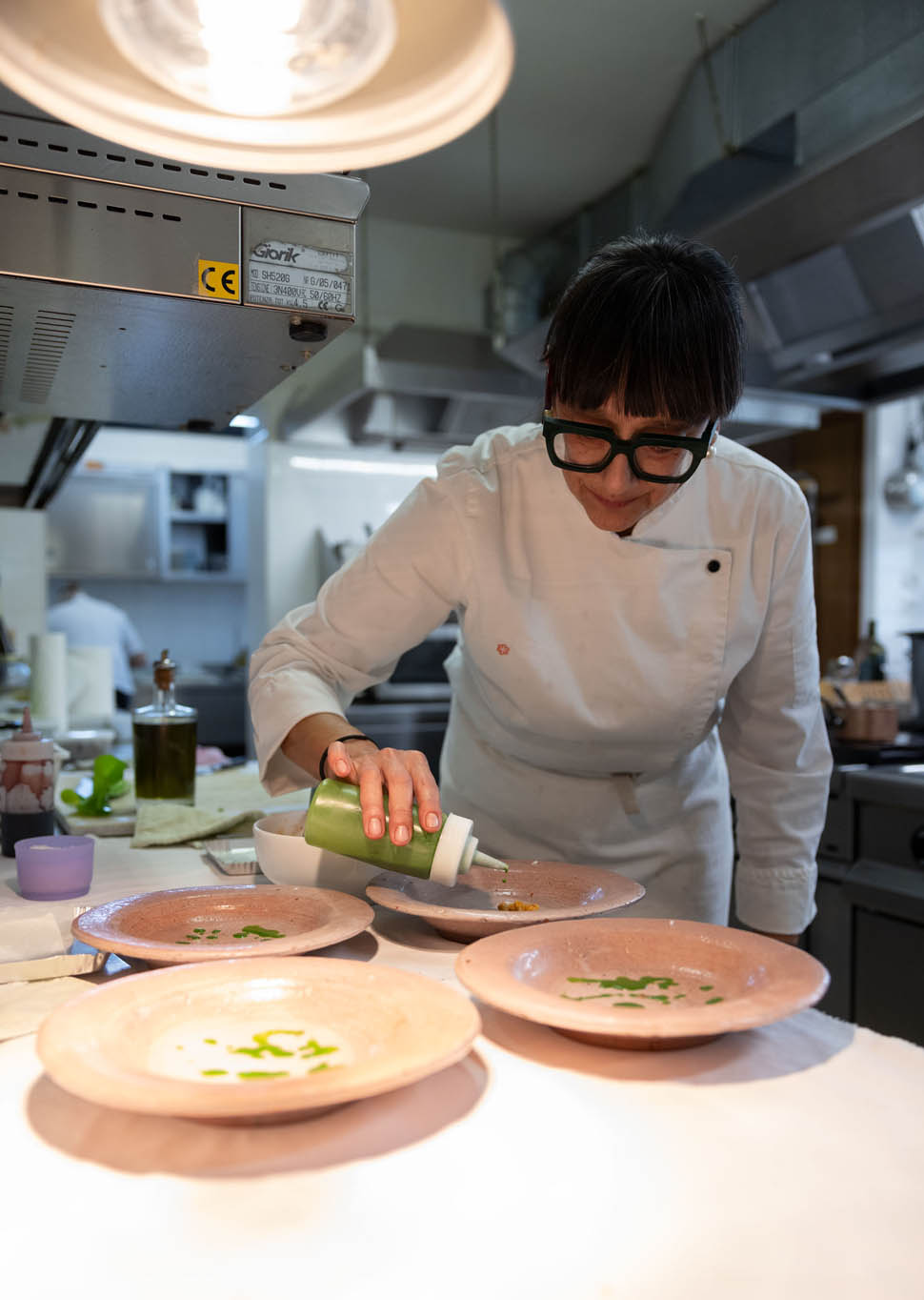 A noble legacy, a personal voice
A noble legacy, a personal voice
Her training is steeped in the living memory of Georges Cogny, the French chef who, in the 1980s, changed the gastronomic lexicon of Emilia forever by bringing the opulence and structure of great French cuisine—sumptuous, elegant, “in great shape”—and making it dialogue with the raw ingredients of this land. Isa Mazzocchi was his student and, like any true heir, she never imitated him. She made that sumptuous grammar her own and lightened its syntax: she streamlined the opulence, made the richness transparent and luminous, and removed weight to give it breath. Where Cogny spoke of butter and cream, Isa works with surgical precision, letting the raw ingredients speak for themselves.
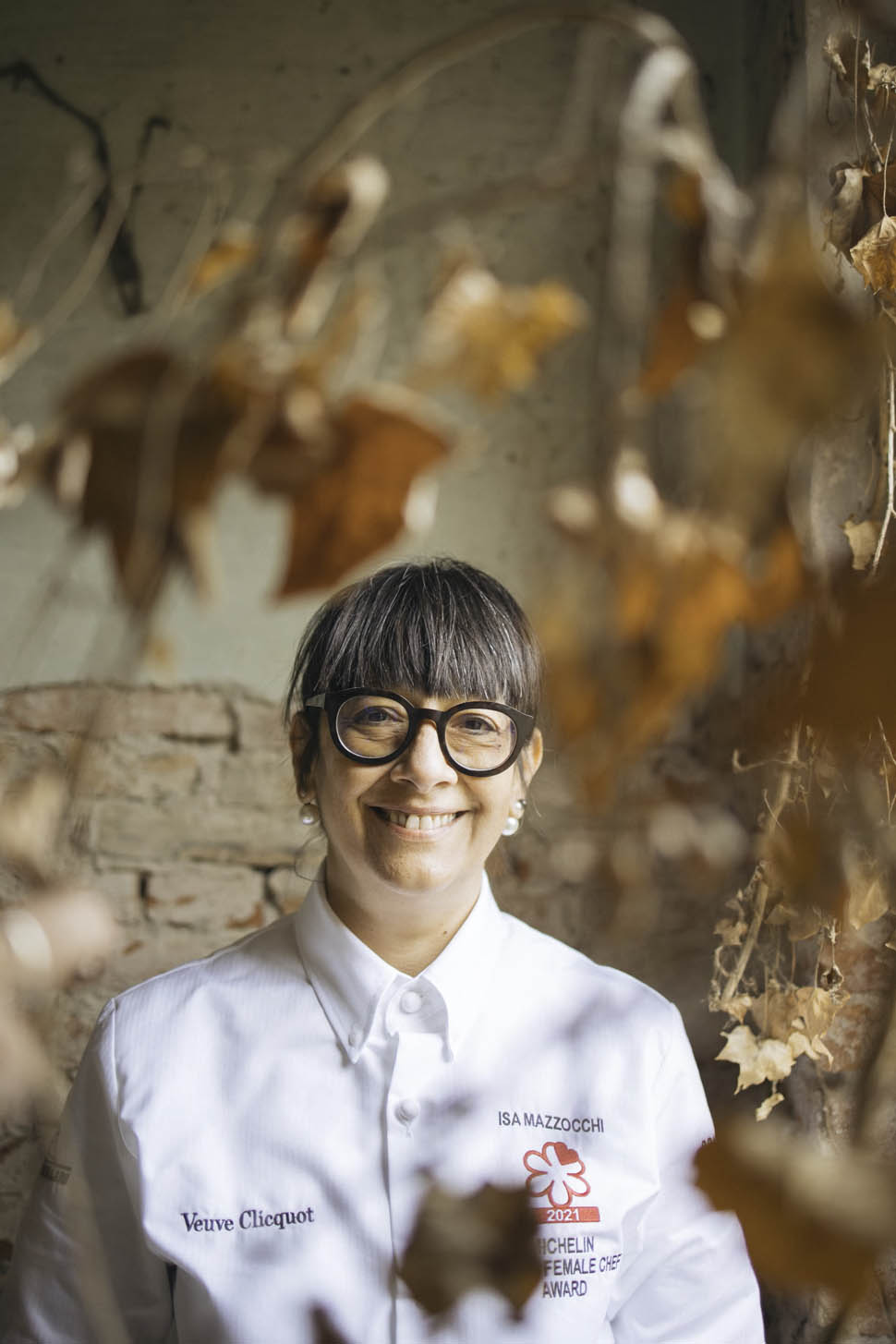
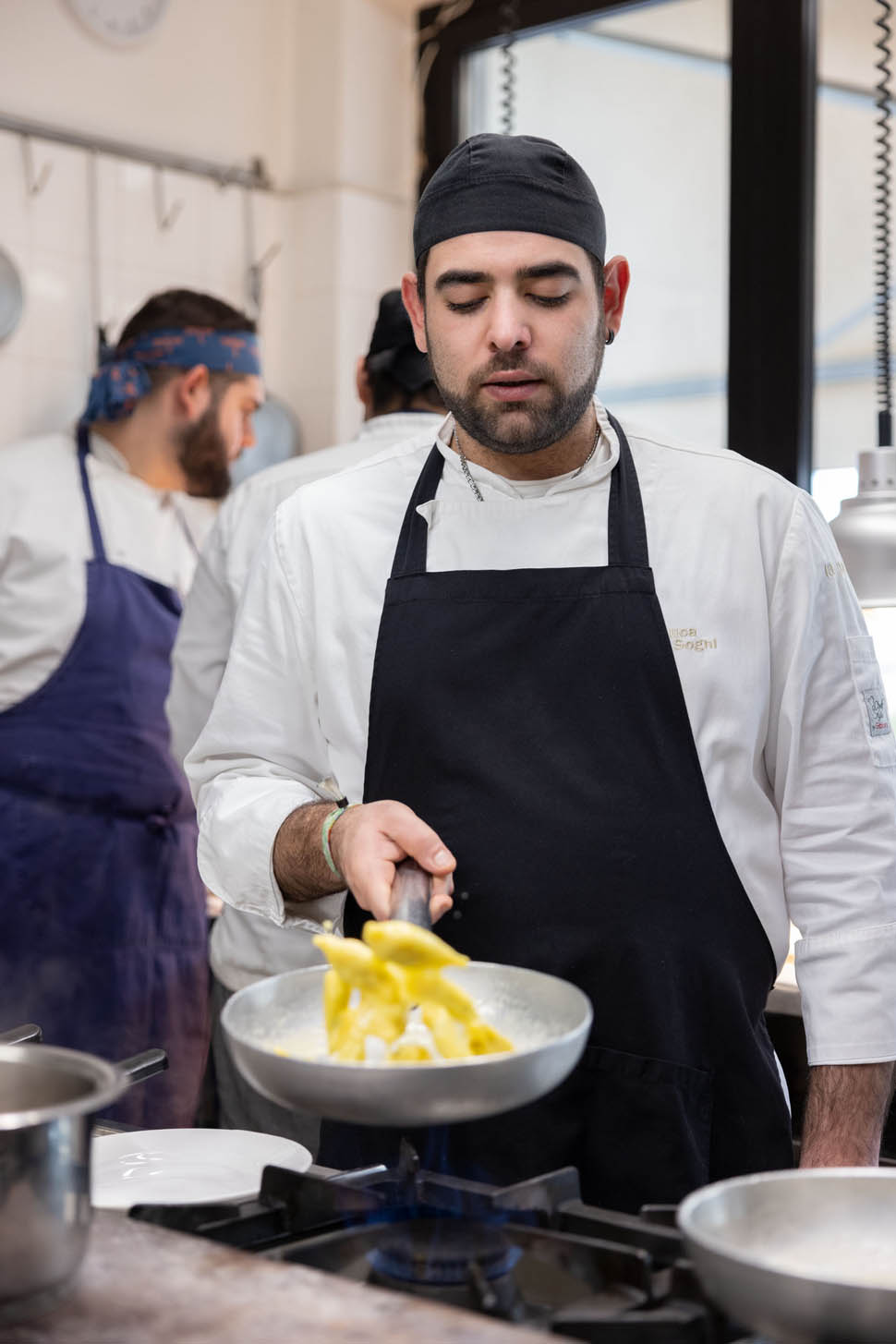
Her career has also been strongly influenced by the teachings of Gualtiero Marchesi: constructing a menu like a musical score, where each dish is a coherent movement in a symphony. Like Marchesi, Isa creates a gastronomic journey with a unique narrative thread, a logical, emotional, and sensory progression from the first bite to the last. Added to all this is another crucial element: membership of the Chef to Chef group. For years, Isa has been an active participant in this permanent workshop of exchange and growth, where chefs and producers share techniques, experiences, and visions. It is here that she nurtures her ongoing dialogue with the local area and with other cuisines, a daily cultural exchange that constantly refines and renews her cooking.
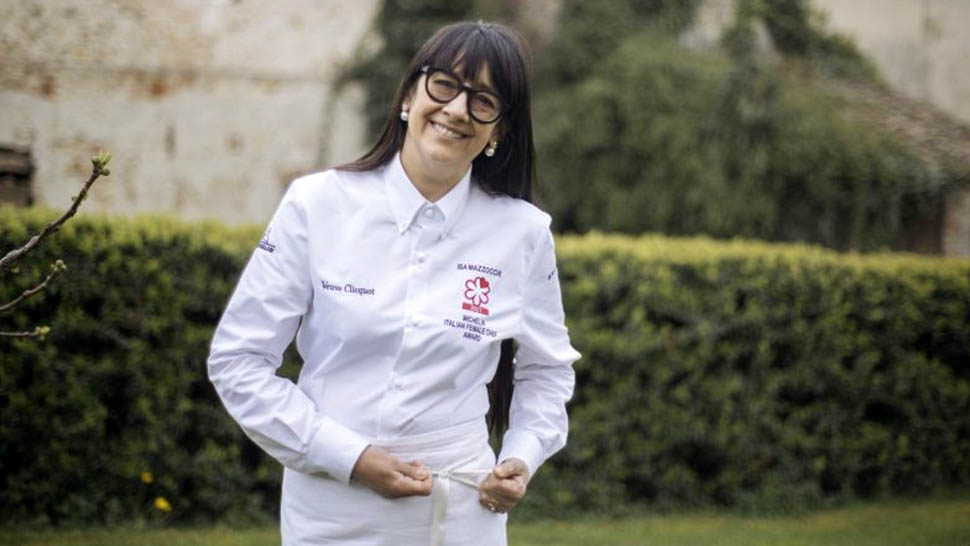
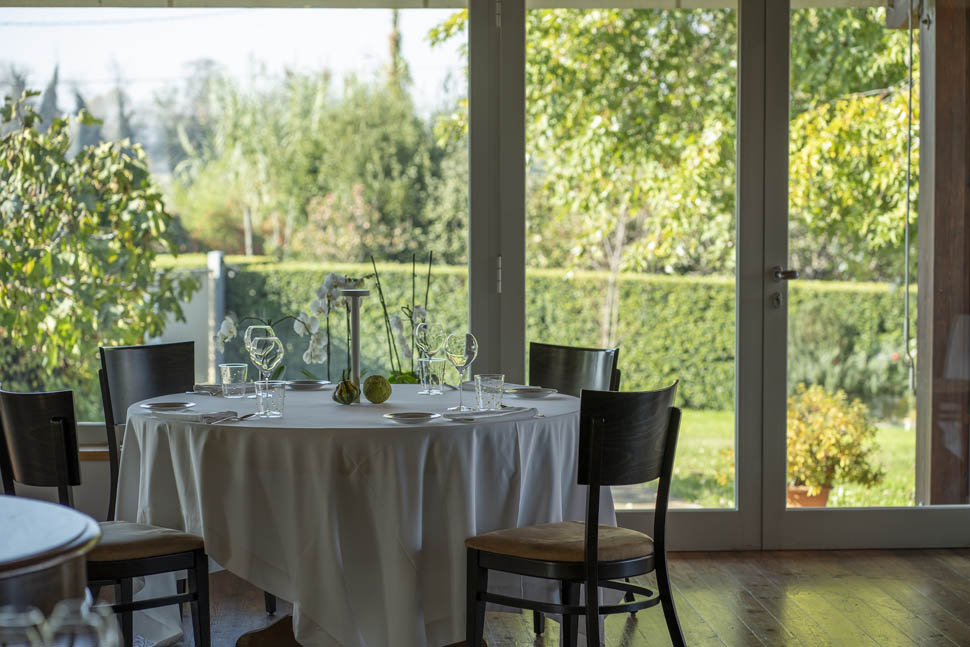
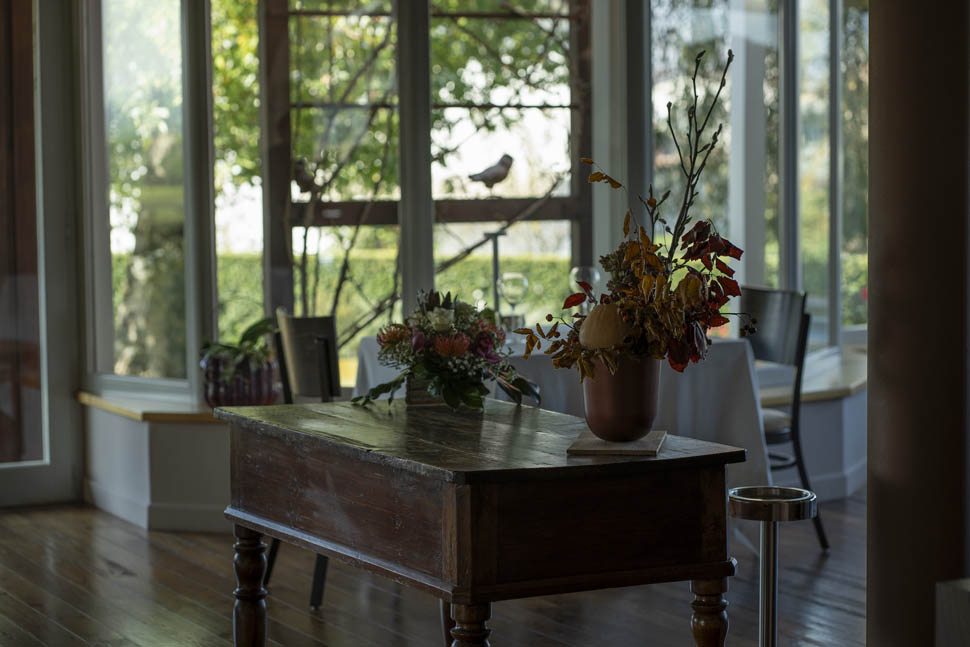 The “La Pasta” menu: a story in ten stagesPiacenza-style mixed fry
The “La Pasta” menu: a story in ten stagesPiacenza-style mixed fry
We start with the basics, from home, with the “holy trinity” of Piacenza’s first courses — anolini, pisarei, and tortelli — in this case fried in a crispy and delicious appetizer. The frying is dry, elegant, lightened in its substance, accompanied by crispy wild herbs and a mouthwatering Gutturnio mayonnaise. It’s like opening a door onto a farmyard dressed up for a gala soirée. The aroma of fried herbs and the savory flavor of the pasta become a perfect sensory prelude.

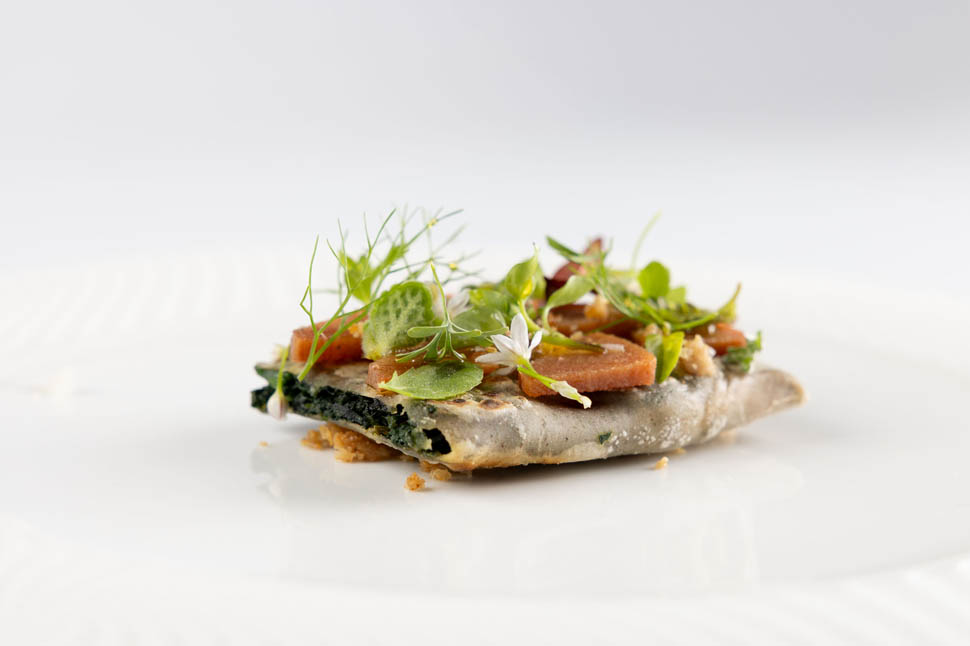 Tortello alla lastra, wild herbs, pickled persimmons, garden herbs, and pork cracklings
Tortello alla lastra, wild herbs, pickled persimmons, garden herbs, and pork cracklings
This is where the journey beyond Piacenza begins: we leave the plains behind and venture along a fictional foothill that leads to the border with the Tuscan-Emilian Apennines. The “alla lastra” cooking method poetically recalls the ancient stone plates, the Romagna testi, the Modena borlenghi, and the warm and fragrant piadina. It is a perfectly balanced dish, with a wide sensory range, in which acidity, bitter notes, fatness, and crunchiness alternate like instruments in a well-tuned quartet.
Pisarei salad with crayfish, flambéed boccalone and fish roe with chives
The journey descends along the mountain hairpin bends and arrives at the placid meanders of the Po, so highly praised by Mario Soldati. It is like entering one of his stories: the slow water, the silvery reflections, life suspended between silence and intensity. Pisarei—the peasant pasta par excellence—meets the delicacy of crayfish bisque and flambéed boccalone: the result is a refined and nostalgic dish, written with the pen of elegance and memory.
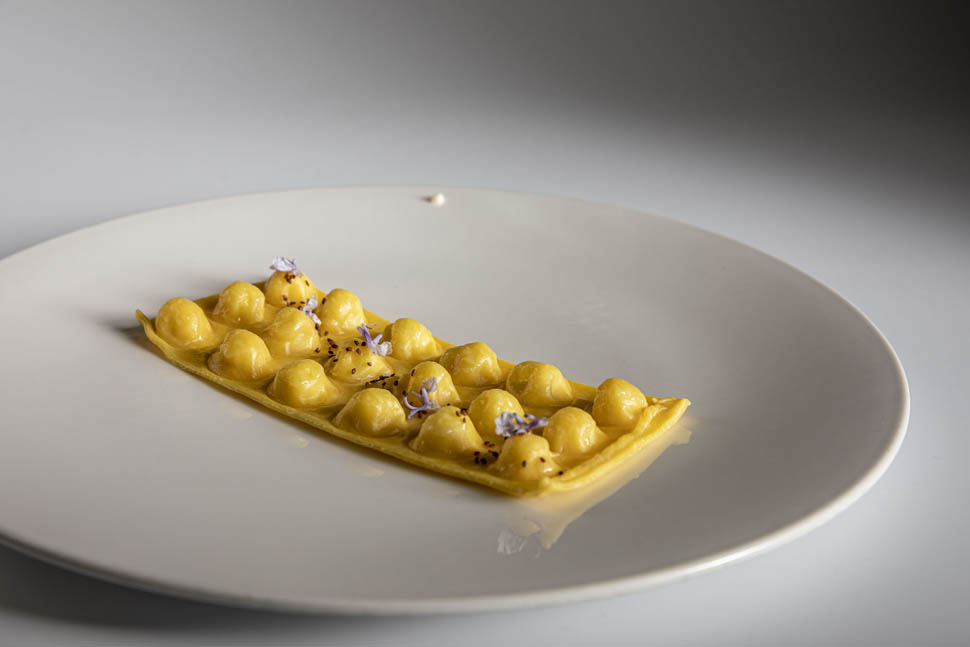 Raviolo di Ravioli® in six stages of Parmigiano Reggiano aging
Raviolo di Ravioli® in six stages of Parmigiano Reggiano aging
This is the signature dish, a registered trademark to protect its originality. It was created in 2012 and changed shape in 2014 to fully enhance the nuances of Parmigiano Reggiano aging: 13, 24, 36, 48, 72, and 101 months. These are not lottery numbers, but stages in a sensory and symbolic journey. Isa describes it as “Hakuna Matata,” a hymn to the cycle of life: sweet and tender childhood, rebellious adolescence, harmonious maturity, the wisdom of the elderly. Here, pasta becomes architecture and poetry: the shape embraces and recounts the perspective substance of Parmigiano.
Tagliolino, apple, savoy cabbage, and cloves
A discreet and cultured homage to Marchesini’s philosophy of intermezzo. This is the dish that, if isolated, might appear dissonant. But in the narrative flow of the menu, it is the poetic pause, taking the place of sorbet. A “palate reset” that lightens, cleanses, and prepares the soul and palate for the masterstroke to come. It is a silent, respectful, refined tribute.
Contessa Arcelli Fontana’s Pastiss alla piacentina with venison stew
And here it is, the big guns. A dish of Renaissance opulence, born from Angiolina Arcelli Fontana’s recipe: sweet and savory, sumptuous and sensual. Isa’s touch removes the excess fat, making it voluptuous but harmonious. It is a “busty” dish, like a baroque embrace, drenched in pure hedonism. With my dining companion, Meneghetti—and this is no small feat—we managed to finish it all.
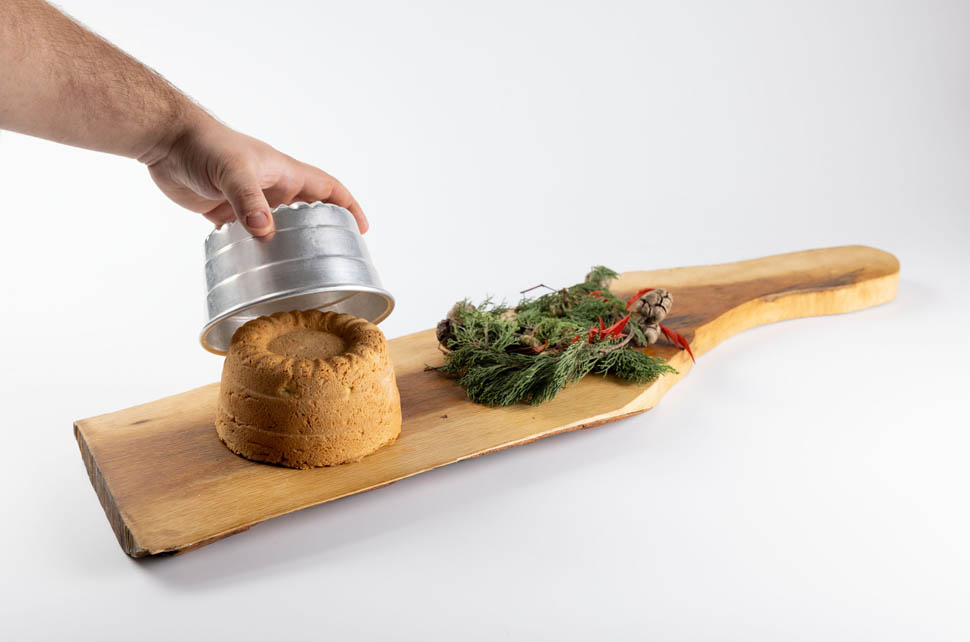
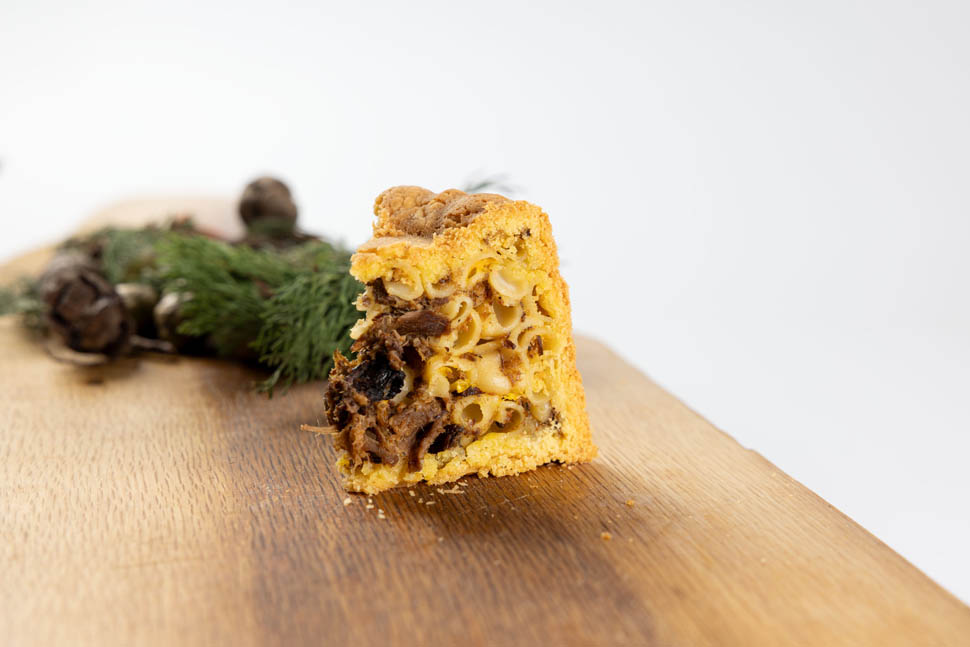
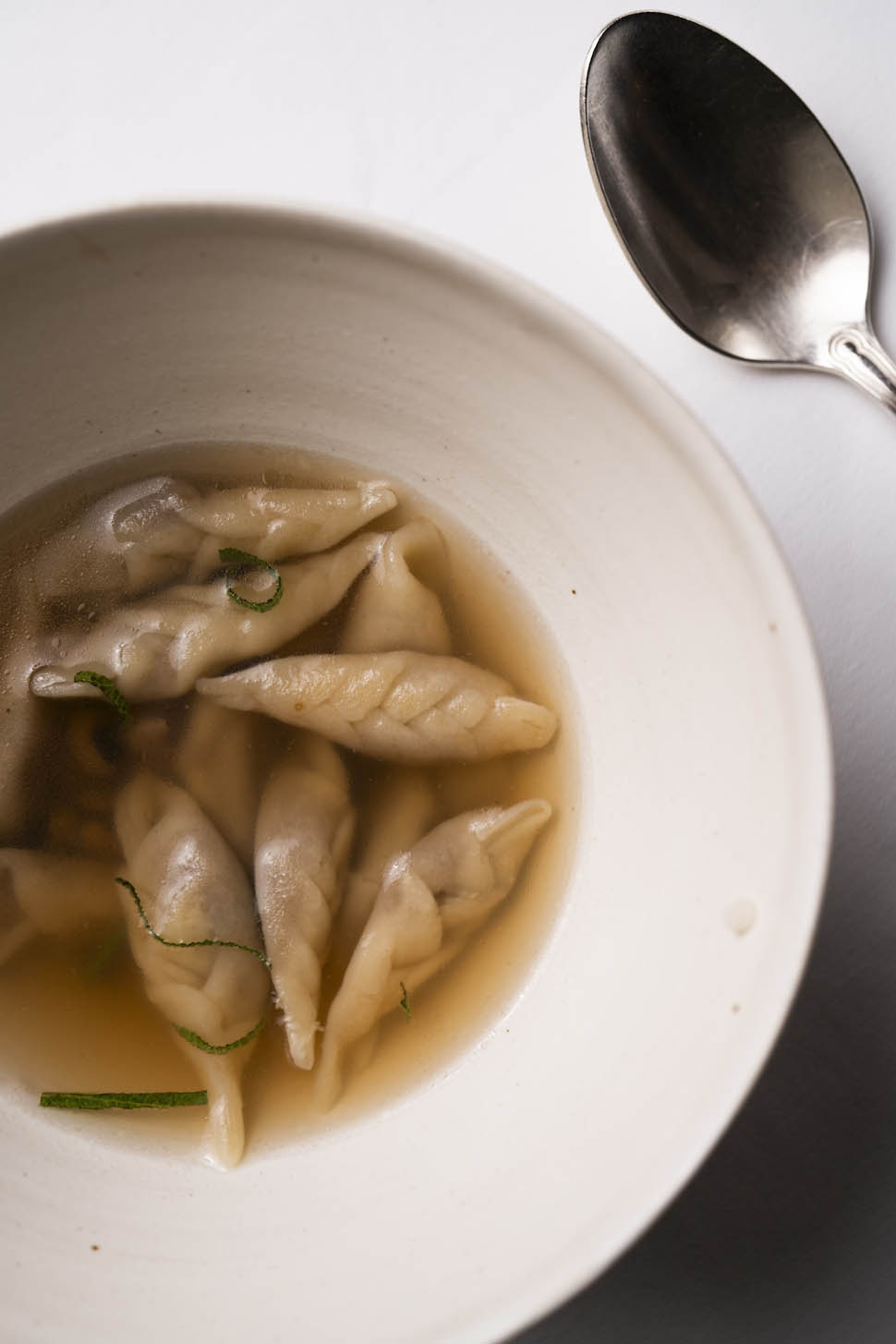
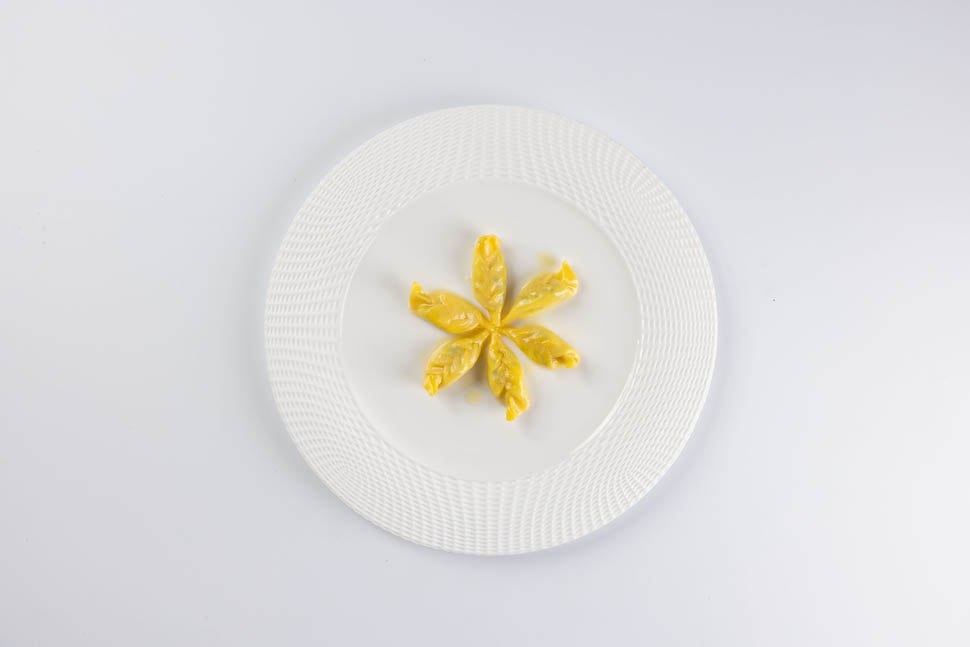 ATPci (pisarei tortelli stuffed with anolini)
ATPci (pisarei tortelli stuffed with anolini)
The broth at this point in the menu is refreshing and comforting. After climbing the gastronomic Mont Ventoux represented by the pastiss, here comes the respite, the caress. It’s like receiving a compliment after a long journey: warm, soft, almost loving. A moment of calm before setting off again.
Tortelli piacentini with seasonal green sauce
Here is the dish of the soul. Isa seems to want to celebrate Francesco Petrarca’s visit to Piacenza and, even more so, her own spiritual love for her native land. It is an angelic tortello, elegant and harmonious, which speaks of roots and identity. It is the inner and psychological dimension of local pride: unconditional love for one’s own territory translated into edible form.
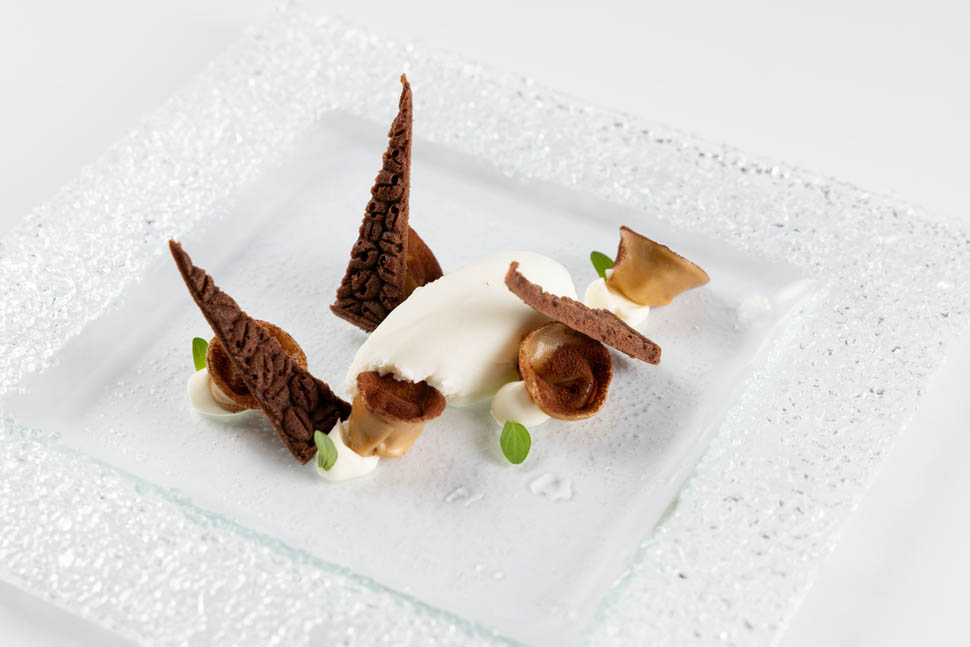 Tortlitti
Tortlitti
A small, precious “lifferia” for lovers of sweet but not too sweet desserts. It plays on the balance between sweet flavor, creaminess, and lightness. It is the prelude to the finale, the suspended pause before the final blow.
Tiramisu ravioli with fiordilatte ice cream
The journey ends with the reinvention of a classic. Tiramisu becomes ravioli, the pasta is disguised with sweetness, and nothing seems heavy. It is a smiling ending, which leaves you enthusiastic about life, as after an intense but never tiring journey. A final caress, a note in major.
The strength of conscious lightness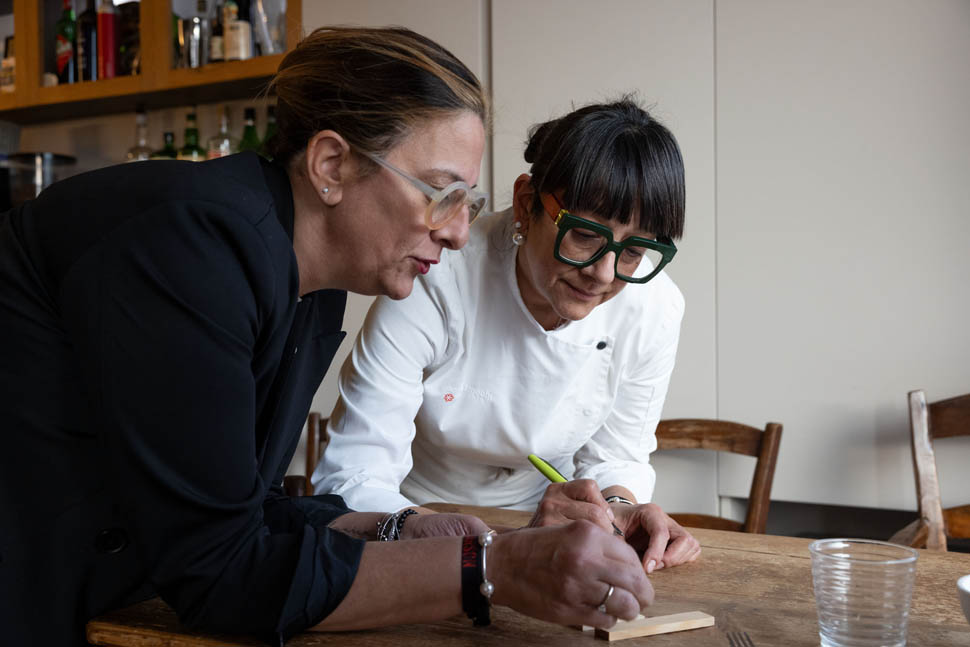
What makes this menu extraordinary is its lightness. Not the banal, empty kind, but the kind built with skill, intelligence, and culture. Isa Mazzocchi inherited the opulence of the French school of Cogny, grafted it onto the coherent structure of Marchesi’s philosophy, and nourished it with continuous dialogue with colleagues and producers thanks to Chef to Chef, creating a language all her own: feminine, precise, full of grace and determination. In her gastronomic narrative, pasta becomes a means of traversing lands, eras, and states of mind.

Each dish is a chapter in a culinary novel, a page written with respect, culture, and a touch of creative freedom. When the last bite melts in your mouth, there is no heaviness left: only a deep sense of belonging, beauty, and gratitude. It is gourmandise that becomes an idea, memory that becomes light. And as you rise from the table, you are not weighed down, but more alive, like someone who has just listened to a symphony that speaks to the heart and stomach with equal intensity.
Contacts
La Palta
Loc. Bilegno, 67- 29011 Borgonovo Val Tidone, Piacenza
Phone 0523862103 – 3453360722
email: info@lapalta.it
Website


Dining and Cooking